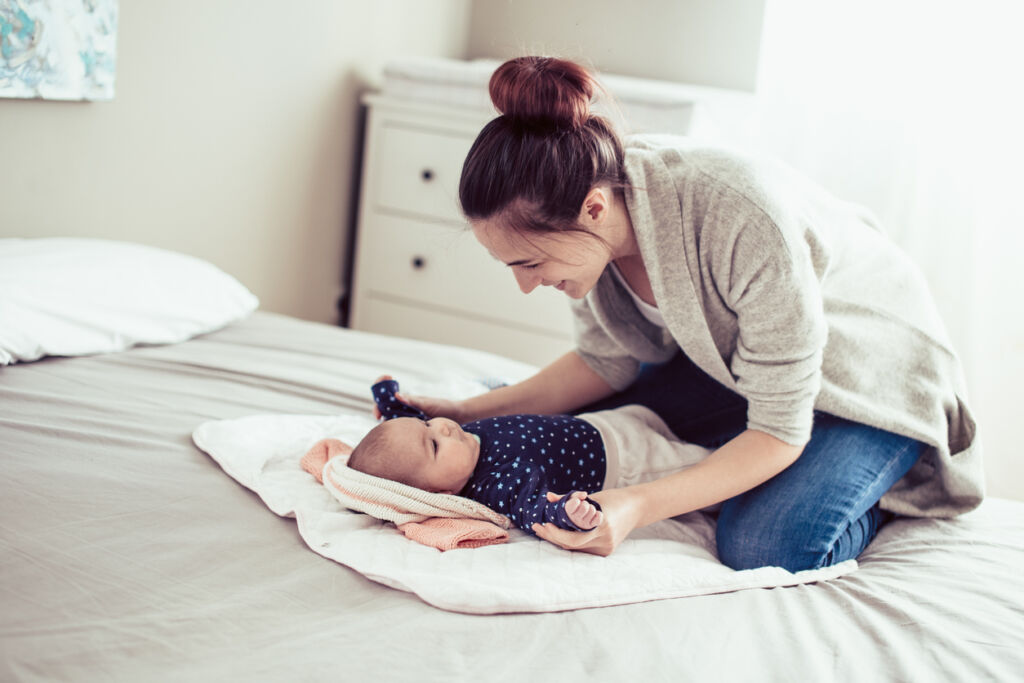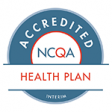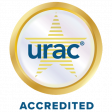
Tummy Time, Swaddling, and Safe Baby Products
Tummy time
Make sure your baby has tummy time while awake every day. An awake adult should supervise awake tummy time. Tummy time helps with your baby’s motor development and prevents flat-head syndrome.
Start with a short amount of tummy time soon after you get home from the hospital. Gradually increase the time until your baby is doing at least 15 to 30 minutes of tummy time every day by the time they’re 7 weeks old.
Swaddling
It’s safe to swaddle your baby. Just keep in mind that swaddling doesn’t reduce the risk of Sudden Infant Death Syndrome (SIDS).
Here are some tips for safe swaddling:
- Make sure that your baby is always on their back when swaddled.
- The swaddle should not be too tight or make it hard for your baby to breathe or move their hips.
- When your baby looks like they’re trying to roll over, you should stop swaddling them. The risk of suffocation is higher if your baby rolls onto their stomach while they’re swaddled. Rolling over usually happens around 3 to 4 months, but it can happen earlier.
- Don’t use weighted swaddle blankets or weighted objects like rice bags inside the swaddle.
Safe Baby Products
Be cautious when buying certain baby products.
- Avoid baby products that aren’t consistent with safe sleep recommendations.
- This is especially true for products that claim to reduce the risk of SIDS or other sleep-related infant deaths. There is no evidence that this is true.
- If you’re unsure about a specific product, check the Consumer Product Safety Commission website.
- Don’t use home cardiorespiratory monitors as a way to reduce the risk of SIDS.
- You can buy consumer wellness devices such as heart rate and pulse oximetry monitors, some of which are wearable.
- Remember, there is no evidence that these devices work to decrease SIDS risk.
- They don’t have to meet the same requirements as medical devices.
- Be aware that these devices can give you a false sense of security.
- It’s fine to use one if you want to, but don’t use it as a substitute for following all the safe sleep guidelines above.
To learn more about keeping your baby safe while sleeping, see “Keeping a Sleeping Baby Safe.”






